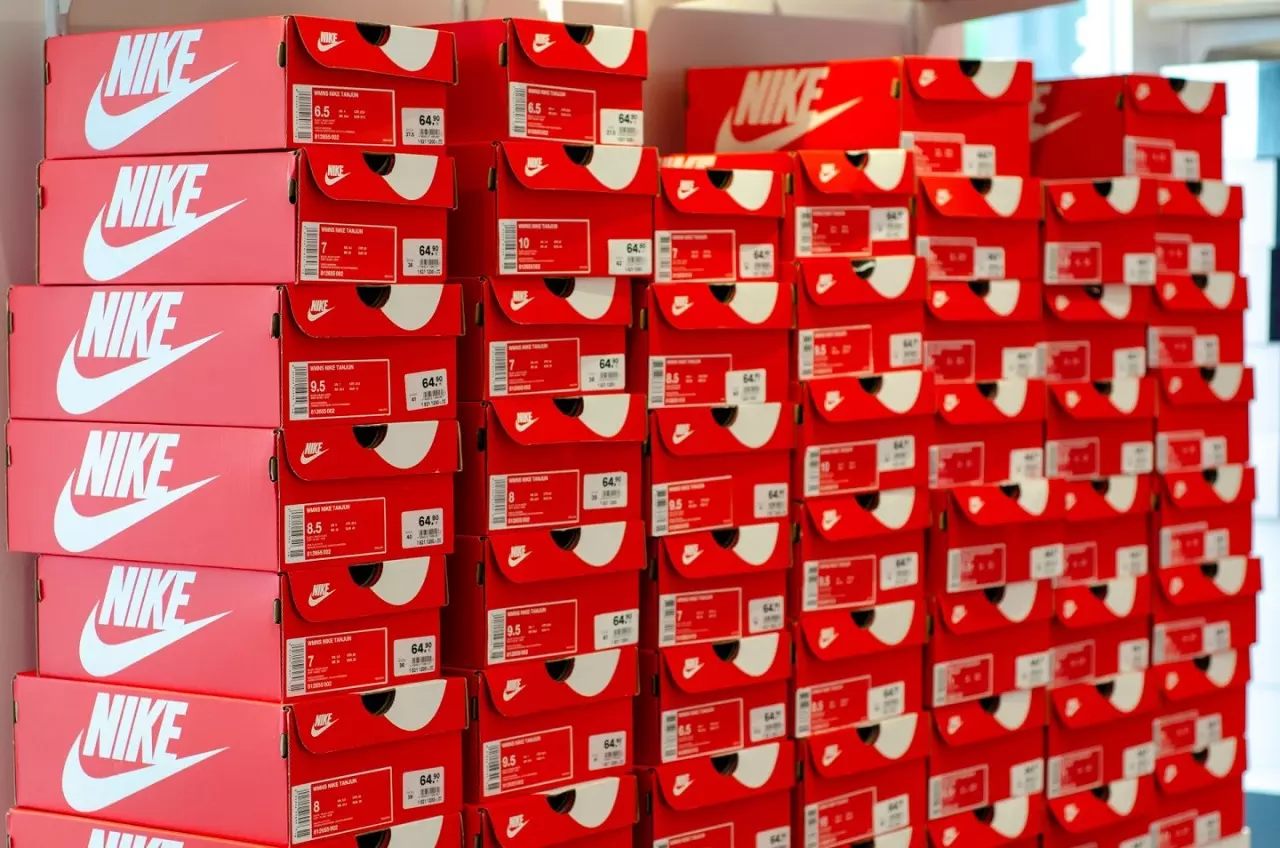"Green shipping to add less than €0.10 to pair of Nikes"
Analysis of shipments from China to Europe debunks claims that measures to green shipping industry will be expensive.

Running ships entirely on green hydrogen-based fuels (e-fuels) would add less than €0.10 to the price of a pair of trainers and up to €8 for a refrigerator, according to an analysis by NGO Transport & Environment (T&E).
"The cost increase calculations are based on different hypothetical fuel mixes for a real-world container vessel that sails between China and Europe. Data is obtained from the satellite-based automatic identification system (AIS) and cross-checked with the EU MRV database. The range costs for trainers, for example, is €0.05 to €0.08 depending on the H2-based fuel chosen: i.e. e-ammonia, e-LNG (e-methane) or e-methanol," says the report.
The analysis of shipments from Shenzhen in China to Europe debunks claims by the shipping industry that ambitious measures to green the industry will be prohibitively expensive and cause exorbitant price hikes for consumers, the report added.
"Green shipping would add less than 10 cents to a pair of Nikes," says Faig Abbasov, shipping director, T&E. "This is a tiny price to pay for cleaning up one of the dirtiest industries on earth. In a year where shipping companies are making bigger profits than Facebook, Google, Amazon, and Netflix combined, it is right to question whether shipping companies are doing enough."
The study shows that even in the most extreme case of a ship running on 100 percent green fuels, prices would not rise significantly. "That is if wealthy cargo carriers were to pass on the costs to consumers. This reflects the economies of scale in global supply chains that are not hyper sensitive to shipping fuel costs."
Using the EU's existing proposal to charge carbon pollution from ships, combined with the proposal to mandate small amounts of green e-fuel use by 2030, T&E analysed the effects on container shipping prices and consumer goods coming from China.
"The most ambitious proposals on the table for EU shipping include: 1) a carbon market covering all intra-EU voyages and 50 percent of extra-EU voyages using a life-cycle approach; 2) mandating a green e-fuel sub-quota of 6 percent by 2030, and 3) requiring ships to achieve an overall 14 percent fuel greenhouse gas intensity reduction by 2030."
The analysis found that, in the worst case scenario, cargo companies would face increased transport costs of 1-1.7 percent. "A decade ago, the only hope of decarbonising shipping was halting global trade itself," says Abbasov. "Now we have the technology but what is lacking is a market signal for green hydrogen producers. As a world leader in shipping, the EU should set an ambitious green e-fuel mandate that guarantees hydrogen fuel suppliers a market. Green shipping is possible. It is a question of political will."



